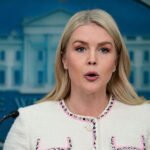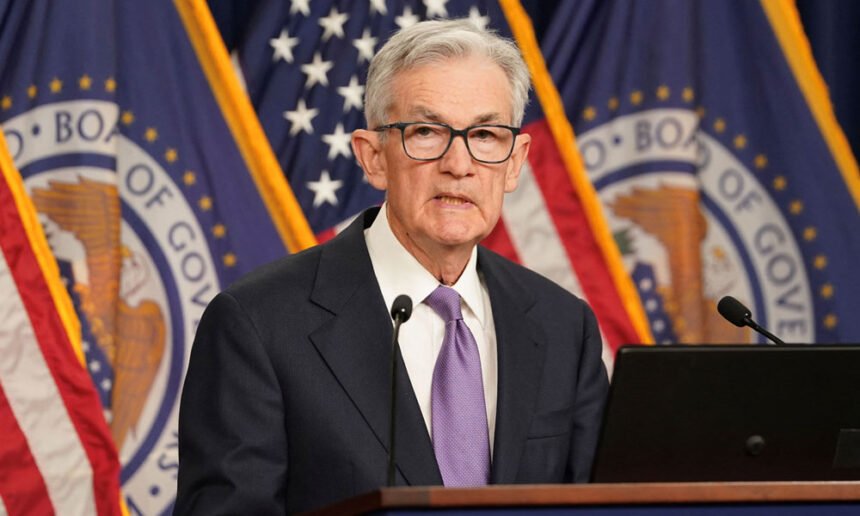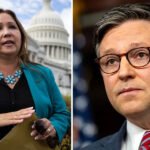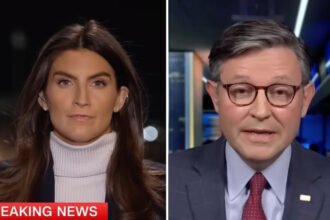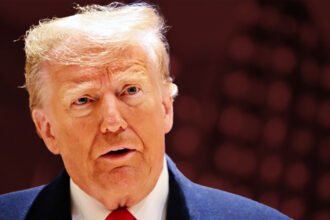The US Federal Reserve made headlines on Wednesday by cutting interest rates for the first time in four years, signaling a shift in its approach to managing the economy and inflation. This reduction of 50 basis points comes after a series of aggressive rate hikes aimed at cooling the economy amid soaring prices.
After reaching a two-decade high, the Fed has now lowered its benchmark federal funds rate to a range of 4.75% to 5%. This decision aligns with projections suggesting further cuts of an additional 50 basis points later this year. The news was met positively on Wall Street. The Dow rose 303 points, or 0.7%. The S&P 500 gained 0.7% and the Nasdaq Composite added 0.9%.
Inflation, which peaked in the summer of 2022, has seen a significant decline, yet many consumers still face elevated costs for essentials like groceries, fuel, and housing. With the presidential election approaching, the state of the economy and public sentiment about its future are increasingly vital issues.
The Fed’s statement reflects a cautious optimism: “In light of the progress on inflation and the balance of risks, the Committee decided to lower the target range,” they noted following a two-day meeting. Fed Chair Jerome Powell emphasized last month that “the time has come” for this adjustment.
During the pandemic, the Fed slashed rates to nearly zero as part of a broader stimulus strategy. As the economy rebounded with the rollout of vaccines and easing restrictions, demand surged, leading to the inflationary pressures that emerged in 2021. Initially viewed as a temporary issue, inflation prompted a major shift in Fed policy, leading to consecutive rate hikes in 2022 and 2023.
Recent data shows that the consumer price index for August has dropped to 2.5%, its lowest since February 2021, yet the Fed remains cautious amid signs of a cooling labor market and concerns about potential economic slowdowns.
Political figures, including Democratic senators, have urged the Fed to act, arguing that timely rate cuts are necessary to sustain economic growth. The timing of this rate cut, just weeks before the election, could attract scrutiny, especially from former President Trump, who has previously pushed for lower rates.
Globally, central banks are closely monitoring the Fed’s decision. The Bank of England will announce its monetary policy stance soon, and experts highlight the need for the Fed to proceed carefully, given the mixed signals in the economy and ongoing uncertainties about inflation trends.
In summary, the Federal Reserve’s decision to cut interest rates marks a significant turning point in its monetary policy, reflecting both progress on inflation and the challenges that lie ahead for the US economy.







